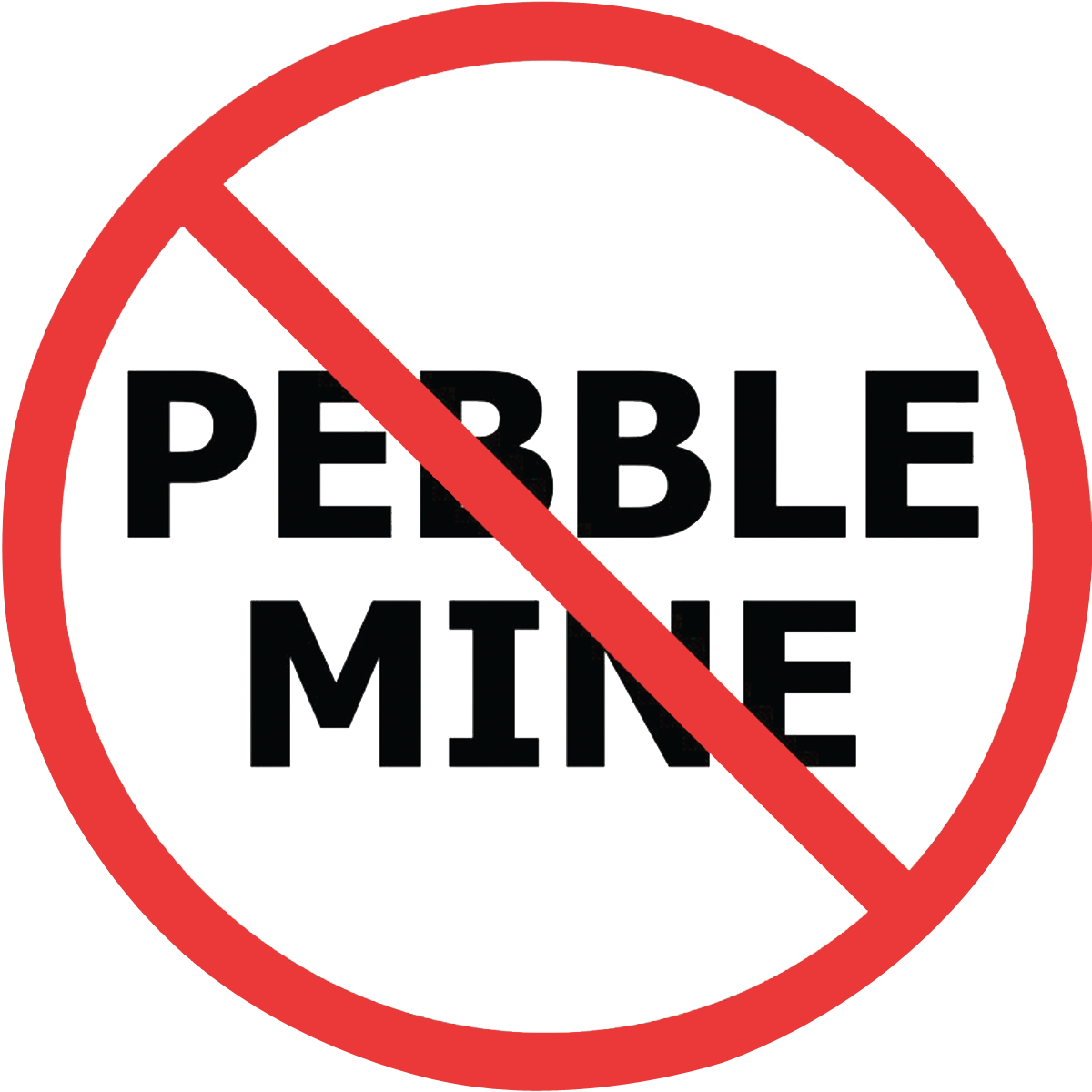With the close of the comment period for Pebble’s Draft Environmental Impact Statement (DEIS) – the key document in the mine’s federal permitting process - on July 1, we celebrated the nearly 700,000 submitted comments opposing the mine plan due to destructive impacts the project would have on the fishery.
We looked closely at comments submitted by other state and federal agencies that weighed in on the DEIS. We were pleased to see many of these agencies side with the need for stronger science and a more rigorous permitting process for a place as special as Bristol Bay.
Of particular interest were comments by the U.S. Environmental Protection Agency (EPA). Despite recent news that the EPA may rollback proposed protections for the region, their official comments slammed the Army Corps’ review of the proposal for failing to include critical information about how the project could affect Bristol Bay.
Overwhelmingly, the message communicated by EPA and many other agencies was clear. From EPA: “[The DEIS] appears to lack certain critical information about the proposed project and mitigation.”
Essentially the EPA sent a message to the Army Corps of Engineers that it needs to do a lot of work before releasing their final environmental impact statement or moving Pebble mine any closer to reality.
Here are a few examples of EPA’s concerns with Army Corps’ Draft EIS:
EPA wrote that "key aspects" of the Pebble mine are being reviewed based only on "conceptual level" information, as opposed to actual designs. “Without more detail, many of the predictions associated with these components and plans in the DEIS do not appear to be fully supported based on the current level of documentation” (p.2)
The DEIS does not "fully characterize the stability and performance of dams" that will hold toxic tailings and whether they could withstand earthquakes. (p.5)
The Army Corps “likely underestimated the impacts of air pollution at both the mine site and a port facility, because of assumptions and potential errors in air quality modeling.” (p.4)
The Department of Interior (DOI) also submitted strong comments stating that the “DEIS was so inadequate that it precludes meaningful analysis,” and identified 15 specific topic areas within its expertise needing extensive revisions in the Draft EIS (p.11). Here are a few:
Regarding subsistence: “The subsistence sections in the DEIS do not properly portray important considerations for subsistence activities by Alaskans.” (p.3)
Regarding aesthetics and recreation: “The impact analysis in the DEIS for visual resources/aesthetic values is incomplete.” (p.6)
Regarding commercial and recreational fisheries: “The Service recommends the revised DEIS consider the impacts of landscape-scale industrialization on the region’s multimillion dollar sport fishing industry.” (p.15)
EPA and DOI are two of many federal and state agencies that wrote comments containing significant concerns regarding the Pebble’s Draft EIS. They align with the concerns of commercial fishermen, native tribes, sport anglers, chefs, and hundreds of thousands of others who have said that the Army Corps is rushing and fast-tracking a process that could result in a massive mine at the headwaters of North America’s most productive fishery, and one that clearly deserves thorough and robust review.
These comments are also significant because they have caught the attention of Senator Lisa Murkowski, who has said she wanted to see a robust environmental review process but has stayed quiet on the substance of the mine permitting process for years. At a July 10th press conference in Washington, D.C., she stated: “I can tell you, I have read the 404(q) submission and the issues that are raised by the EPA are substantial and, based on my read, well made. She went on to say, “I’m concerned, as I read through their analysis and critique, that the Corps’ DEIS has failed to meet my standard of a robust and rigorous process.”
While short, Senator Murkowski saying anything about Pebble’s permitting process is significant, and shows that the lack of rigor and science by the Army Corps has not flown under the radar. It also suggests that your calls and emails may not be in vain - public pressure on our elected officials to get involved may be working, slowly but surely.
However, Alaska Senators Murkowski and Sullivan need to do more. With over half a million Americans and multiple federal agencies calling out the inadequacies of the Army Corps’ comment review, the DEIS likely underestimates impacts and risks to groundwater and surface water flows, water quality, wetlands, aquatic resources, and air quality from the Pebble Project. It is time for our members of Congress to do any and everything in their power to stop Pebble from upending the fisheries and way of life in Bristol Bay.
Outside of Alaska, members of Congress can help this year. Recently, the U.S. House of Representatives passed an appropriations bill that included an amendment that would bar the Army Corps of Engineers from using any funds to process Pebble’s permit, effectively stopping the permit process altogether. The measure now moves to the Senate. In advance of this, elected officials should be called on to include and pass this amendment. Please write or call your senator today and tell them to stand up for Bristol Bay and pass the Huffman amendment.

